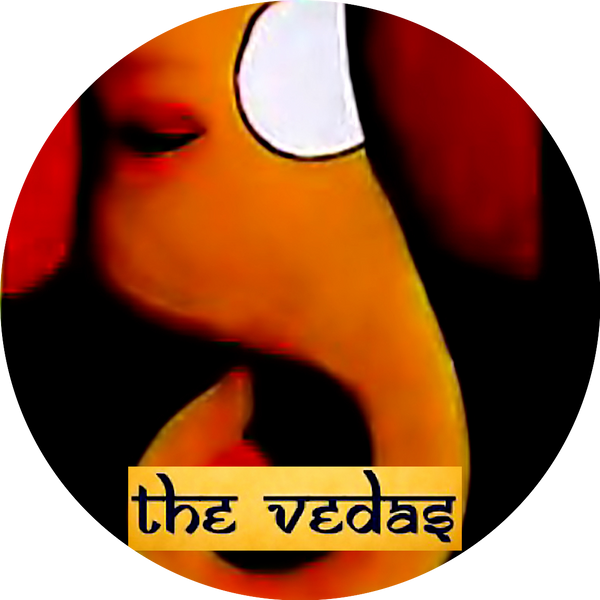Ajrakh & The Making Of

Ajrakh is said to come from the Hindi word ‘aaj rakh”, meaning “keep it today” or “making beautiful”. Some also believe the word may have roots in the word, “azrak”, Arabic for “blue”.

Ajrakh was authentically identified by its uniform geometric patterns and texture, with some floral motifs. As the tradition was passed down through generations, the Ajrakh printing technique developed to include a much wider variety of motifs and patterns especially including but not limited to paisley, leaf, lotus.
Every layer of each design requires a different hand-carved wooden block for printing. This can add up to a lot of blocks!

Ajrakh is printed as single sided (ekpuri) and double sided (bipuri). Traditional 'Ajrakh' involves various stages of dyeing and resist printing using natural dyes and mordants. Indigo and madder are the primary colours that are used for dyeing.


SAAJ
Cotton cloth is taken and washed to remove any finish applied in the mill or workshop. It is generally the starch that is to be removed from the cloth. by washing the cloth numerous times, which is called Saaj.
The cloth is soaked in a solution of camel dung, soda ash and castor oil. It is then wrung out and kept overnight. The next day the cloth is semi-dried in the sun and then soaked in the solution again. This process of Saaj and drying is repeated for about 7-8 times until the cloth foams when rubbed. It is then washed in plain water.
KASANO
Treating the cloth by, Kasanu, to make the cotton softer and more absorbent of the dyes. The cloth is washed in a solution of Myrobalan; which is the powdered nut of the Harde tree. Myrobalan acts as the first mordant in the dyeing process. The cloth is sun dried on both sides. The excess myrobalan on the cloth after drying is brushed off.

KHARIANU
After washing preparing the fabric, the craftsmen start printing. The multi-day, multi-step process includes many layers of resist printing and dyeing to achieve the final product.
A resist of lime (used for whitewash) and gum arabic (Babool tree resin) is printed onto the cloth to outline the design motifs that will be white. This outline printing is known as Rekh. The resist is printed to both sides of the cloth using carved wooden blocks. These wooden blocks have registration marks in the design carved symmetrically to enable double sided printing.

KAT
Scrap iron, jaggery is mixed with water and left for about 20 days. This makes the water ferrous. This ferrous water is then mixed with tamarind seed powder and boiled into a paste. This paste is used for black printing. This paste is called Kat. The paste is printed onto both sides of the cloth.

GACH
Alum, clay and gum arabic are mixed into a paste used for the next resist printing. A resist of lime and gum arabic is also printed at this time. This combined stage is called as Gach. Sawdust or finely powdered cow dung is sprinkled on to the printed areas to protect the clay from smudging. After Gach printing, the cloth is left to dry naturally for 3-4 days.

INDIGO DYING
The cloth is dyed in indigo. It is dried in the sun and then dyed again in indigo twice to ensure a uniform colour.
VICHHARNU
After cloth is washed thoroughly to remove all of the resist print and unfixed dye.


MUDRAN
After prepping the fabric, the craftsmen start printing. The multi-day, multi-step process includes many layers of resist printing and dyeing to achieve the final product.

The crafters start out by “resist printing”, which protects the areas where the dye is not going to be printed. Before any colors can be added, the artisans define the outline of the pattern in a step referred to as Rekh.

Then, they can begin block printing with the colored dyes. While the Ajrakh printing process was originally limited to dark red and indigo with elements of black & white, there is a wider spectrum of colors that Ajrakh artisans use today.

The dyeing is followed by rinsing and drying the fabric in the sun, a step known as Vicharnu.
Next, the cloth is boiled in a solution during a stage called Rang (meaning “color” in Hindi), that reveals the black and red colors fully to achieve those truly eye-catching designs.

Depending on how deep the colors must be for the desired design of the fabric, Ajrakh printers must repeat the necessary dyeing and washing steps over many days.
RANG
The cloth is then boiled with Alizarine (synthetic madder) to give the alum-residue areas a bright red colour. Alum acts as a mordant to help fix the red colour. The grey areas from the black printing stages get a deep shade. For other colours the cloth is boiled with a different dye. Madder root (Sanskrit. Manjishtha root) gives an orange colour, Henna gives a light yellowish-green colour, and Rhubarb root gives a pale brownish colour.

Our Fall Blossom print had quite a journey this season! Some uncooperative weather meant insufficient drying periods between steps, which added time to the process. The result is a gorgeous, beautifully printed batch of dresses and skirts, each one a little different than the next. Here's a photo of the varying prints and colors you'll find in our Teddy Dress, Paige Dress and Nahla Skirt. Consider them a piece of art, just like the hypothetical 200 paintings we asked you for, and their differences become their power.
Check out all the new styles in our latest collection!

Leave A Comment
Please note, comments must be approved before they are published
POST COMMENT
$20 OFF ON FIRST ORDER
